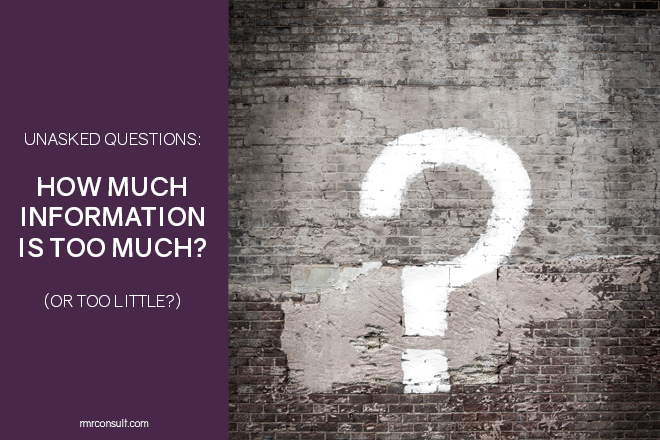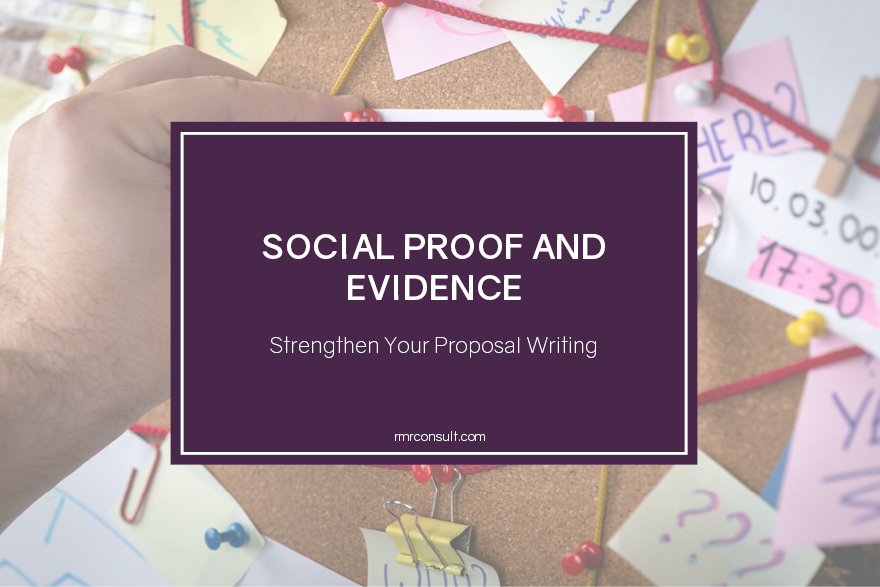Proactive Proposals: How to Win When You’re Behind
There is a school of thought in the A/E/C marketing world that really rankles me. The thought is that all projects are won before the RFP drops, and proposals are often just a pesky formality the client has to go through.
I don’t know about you, but as a marketing professional who spends 90% of my time writing proposals, I have no place in my life for this concept. Not only does it invalidate my work, but it’s also a false, blanket idea that can’t be applied to every RFP ever written.
Is it true that some RFPs are “wired” or slanted in a particular firm’s favor? Sure. It happens, especially with firms that have strong networks.
Winning a project before it reaches the RFP stage is fine and dandy for firms that have that kind of business development, sales, or networking power, but what about the rest of the contenders? Should you give up on a pursuit because you suspect that a competitor has an “in”?
Absolutely not.
How to Win When You’re “Behind”
We’ve all heard it: if the RFP hits the street and you didn’t know it was coming, you’ve already lost.
This statement is probably true if you’re writing a reactive proposal.
The secret to winning a project when you’re “behind” on the RFP process is to write a proactive proposal, rather than a reactive proposal. What I mean by that is this: reactive proposals are basic, responding to RFP questions with an almost knee-jerk reaction. Proactive proposals keep the “why” – the client motivation – in mind and weave it into each response.
Reactive vs. Proactive Proposals
The differences between reactive and proactive proposals can be subtle, but the results are fundamentally different. I can tell when a firm is in the dark responding to a request for proposals from the language in their cover letter, and it often gets worse from there. Reactive language is vague, covering a topic in the broadest sense. The proposal writer isn’t sure about client motivations, so they dangle broad swatches of the firm’s experience hoping that something will resonate with the client. It might, but your best chance to connect with the client is though pointed truths directed at specific motivations.
Proactive proposals anticipate client motivations – their goals for a project, their pain points – and frame responses with specific details that speak to achieving those goals or alleviating those pain points. These proposals use vivid and active language. They are precise. They don’t waste words on tangents or devote entire sections to copy-and-paste verbiage from a proposal topics library.
Understanding Client Motivations: The First Step to Writing Proactive Proposals
You might panic when an RFP you knew nothing about slides across your desk. Once that document is public, you can’t talk to the client, so your ability to figure out their motivations, project goals, and pain points is severely limited, right?
Wrong!
There are still things you can do to try and understand the client’s motivations. These aren’t as great as talking with them directly, of course, but they can give you some good insight that will help you write a strong proposal.
First, read through the RFP again and pull out keywords or phrases that relate to the project scope. These commonly relate to schedule, budget, and program. Your keywords might not be as obvious as ‘aggressive schedule’ or ‘limited budget’ and that’s okay. There may also be no keywords at all. If the RFP appears to be copied from a template, you could be dealing with a client that either 1) doesn’t have time to look at the details, or 2) doesn’t quite understand the procurement process. These are also clues to the big picture; your client will need a partner they can trust to fine-tune the details or to walk them through a process they don’t fully understand.
Do your research. The Internet is a beautiful thing and an exceptional tool for a marketer. See what you can find out about the client and their project. Do they have a website? Have they been in the news? Is this a publicly funded project? (If the answer is yes, there are probably applications for funding, public forums for bond elections, news coverage, etc. with project information). At the very least you should be able to find a mission/vision statement for your client. With the right search skills and some luck, you’ll uncover major insights to the project scope and client motivations. Don’t forget about social media, either. Searching LinkedIn profiles can tell you a lot about your clients too.
Rally your resources. It’s possible that someone in your office worked with the client in a previous professional role. It’s also highly likely that one of your consultants or partners has worked with them too. See if anyone you know has experience with the client, or this particular project, and ask them some pointed questions. (This is a great reason to maintain a professional network! You never know who might be able to help you – or who you might be able to help – later on.)
Ask questions. Most solicitations provide a period for questions or hold pre-proposal conferences to provide a public forum for discussing the project. Prepare your questions carefully – it can’t hurt to ask a few and see what the answers are! Keep in mind that you can’t just ask ‘hey, what are your hot button issues for this project?’ If you’ve done some research though, you can ask informed questions to help validate your suspicions. There’s also nothing wrong with asking ‘what are your goals for this project?’ if you don’t feel they’re clear enough in the RFP or the pre-bid meeting.
Notes, Disclaimers, Cautions:
*A note of caution with each of these options: You are assuming what the client’s motivations, goals, and challenges are. There is, of course, a risk in doing so. Be sure to validate as much information as possible before charging off to tell the client they’ve got a million issues. It’s possible they don’t see these at all – and you ‘solving’ them won’t translate well.
**A disclaimer, too: Each of my examples is fabricated, some from experience, but they are all portrayed here as fiction. You need to do your own sleuthing and come to conclusions with your own evidence. Please do not accept my assumptions as global truths.
***Results may vary.
Activate Your Voice: The Second Step to Writing a Proactive Proposal
Identifying client motivations is (without question) the first step you need to take to write a proactive proposal. If you can’t identify client motivations but you’re still planning on writing the proposal, there is another step you can take to power up your writing and make a reactive proposal sound like a proactive one:
Use an active voice, rather than a passive one.
One of the most common pitfalls I see in writing across the industry is the acceptance of passive writing. “The project is being designed…” or “The document was written by…” Passive writing can be difficult to comprehend, and it lacks the punch and precision of an active voice.
The first step to writing a proactive proposal is to make the switch from a passive to an active voice in your proposal writing.
Active vs. Passive Voice
In an active statement, the subject does something. For example:
Jane sketched the building.
Passive statements reverse the action so that the object is acted upon by the subject. For example:
The building was sketched by Jane.
Notice that passive statements are wordier, and carry less punch than active statements. Is this wrong? Not necessarily. Passive voice is immensely common in academic writing, so it’s no surprise that it leaks into professional writing. The concern with passive voice in a proposal though is that it doesn’t carry the authority you need to build trust with a client. You want to write with confidence, demonstrating to the client that there is no question you can – and will – handle their project with the utmost care, professionalism, etc. Using passive voice undermines your ability to do this by making it sound as if the project will happen with your team as bystanders of some sort.
For instance, who do you trust more?
Firm A: Firm A will initiate a kick-off meeting to determine project goals.
Or
Firm B: A kick-off meeting will be scheduled by Firm B. Project goals will be determined during this meeting.
Firm A sounds ready to jump into action, don’t they?

Still Not Sure About Passive vs. Active Voice?
A quick, albeit silly, way of determining whether or not you’re using an active voice is to add ‘by zombies’ to the end of your sentence. If it still makes sense, then you’re using passive voice and need to revise. Using the examples above:
Firm A will initiate a kick-off meeting to determine project goals… by zombies.
This doesn’t make sense. You’re good to go!
A kick-off meeting will be scheduled by Firm B. Project goals will be determined during this meeting… by zombies.
Well, I guess the zombies are running the project now, so that’s a bummer. Also note that in the first sentence, you can replace ‘by Firm B’ with ‘by zombies’ and it also makes sense, so this whole thing is passive.
Need to brush up on the rules for active vs. passive voice? This refresher will help.
Psst. Have you checked out the free resource library? It’s full of great resources to help you improve your proposals.
This post was originally published in November of 2017.






Leave A Comment